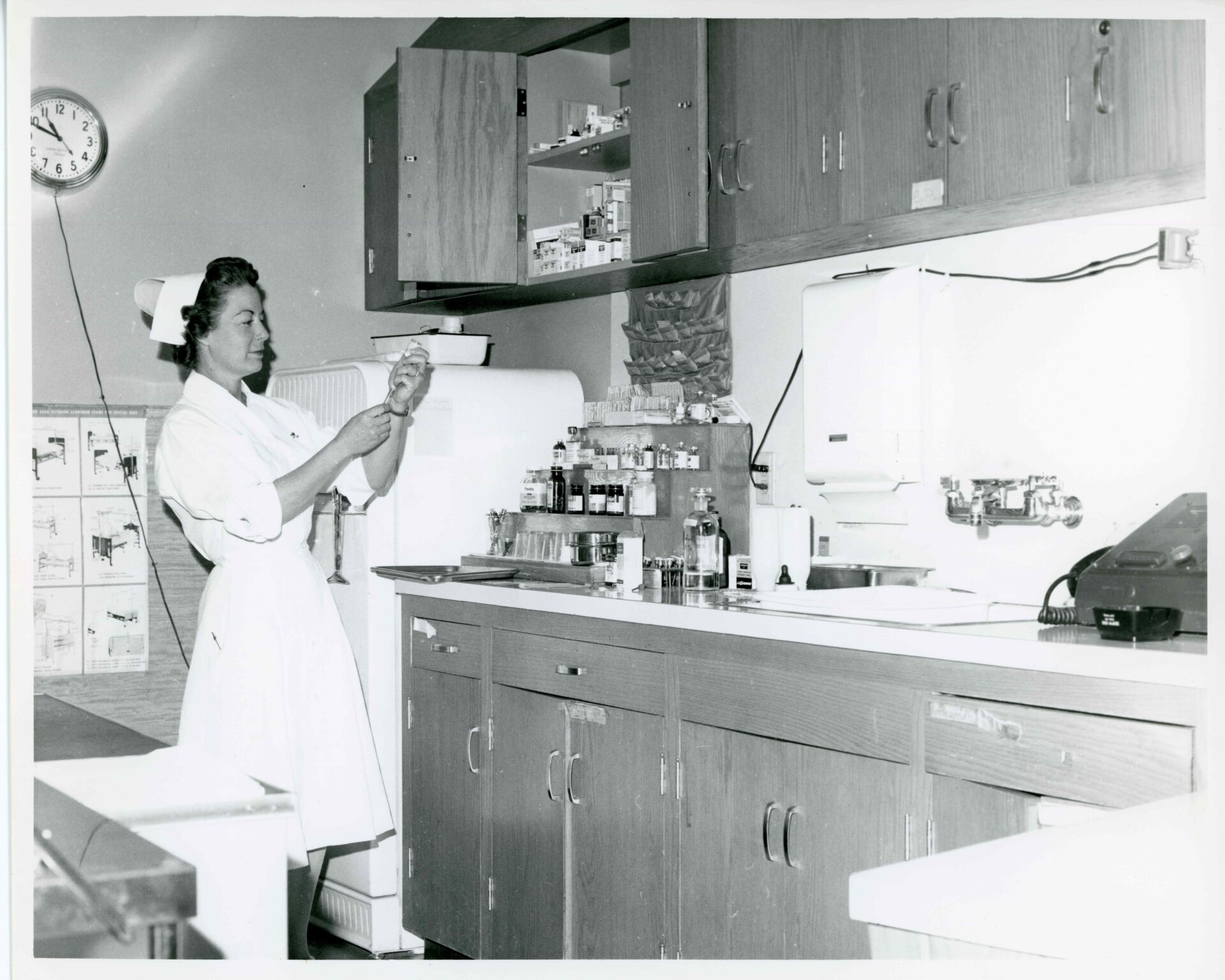Approximately 30 miles north of Moab, Thompson Springs (also known as Thompson) is a tiny town with outsize stories to tell—and a history closely linked to Moab’s own. Like many small towns across the western United States, Thompson’s population has fluctuated significantly as industry and transportation have transformed the lives of residents, but the small community has not become a ghost town like many other remote settlements.
Named for E.W. Thompson, who built a homestead near a spring at the mouth of Sego Canyon, Thompson became a bustling railroad hub in the 1880s when the Denver & Rio Grande Railroad line first passed through the Utah desert, connecting settlers in Moab and other regional remote communities with the outside world. Sheep companies from up to 200 miles away would reportedly bring their wool or livestock to Thompson to export to factories in the eastern U.S. during the heyday of sheepherding in Southeast Utah. In the spring, the town would put on a popular sheep-shearers ball to celebrate the completion of a successful shearing season.
Later, proximity to coal mining operations in Sego buoyed Thompson’s vitality. With the designation of Route 50 through Grand County in 1926, vehicle traffic through the area increased the need for gas, goods, and services along the route. Today, the community still serves as a stop for travelers on I-70. Though the industries and infrastructure have changed dramatically throughout Thompson’s history, the community remains, and stories and photographs provide a look back into past chapters.
The Moab Museum is dedicated to sharing stories of the natural and human history of the Moab area. To explore more of Moab’s stories and artifacts, find out about upcoming programs, and become a Member, visit www.moabmuseum.org.




